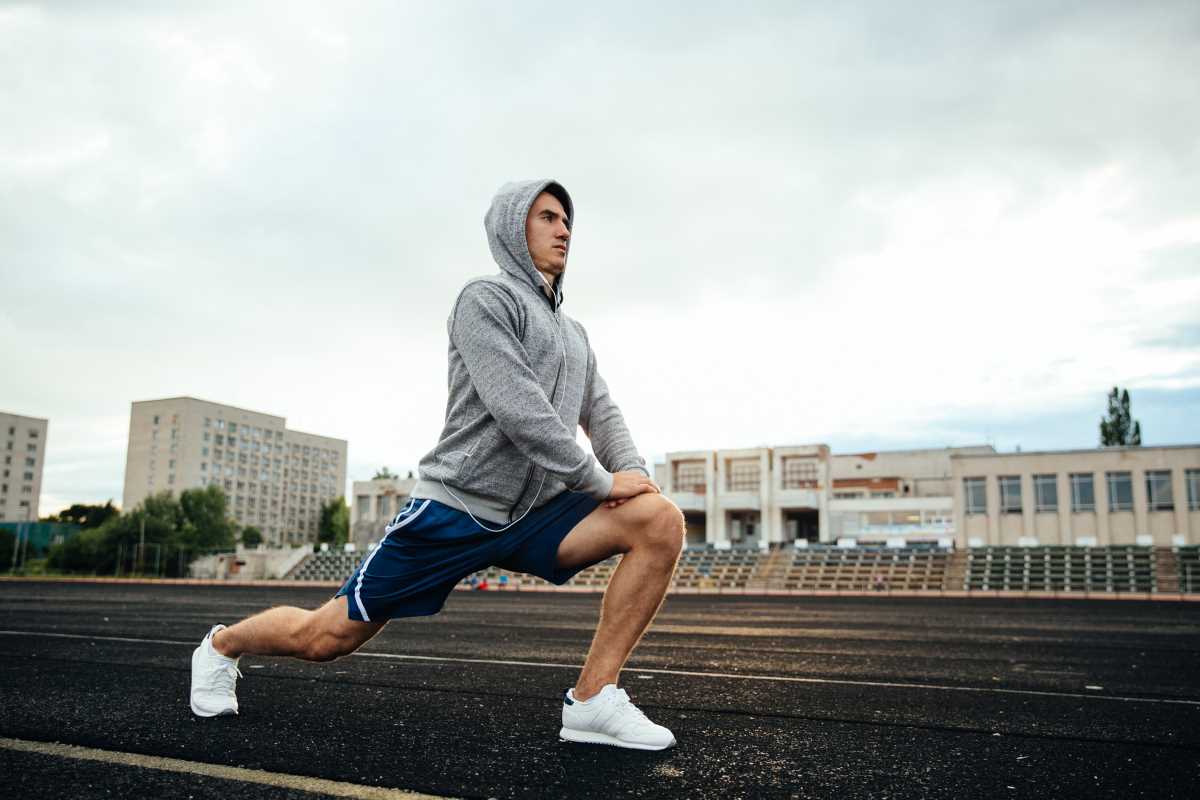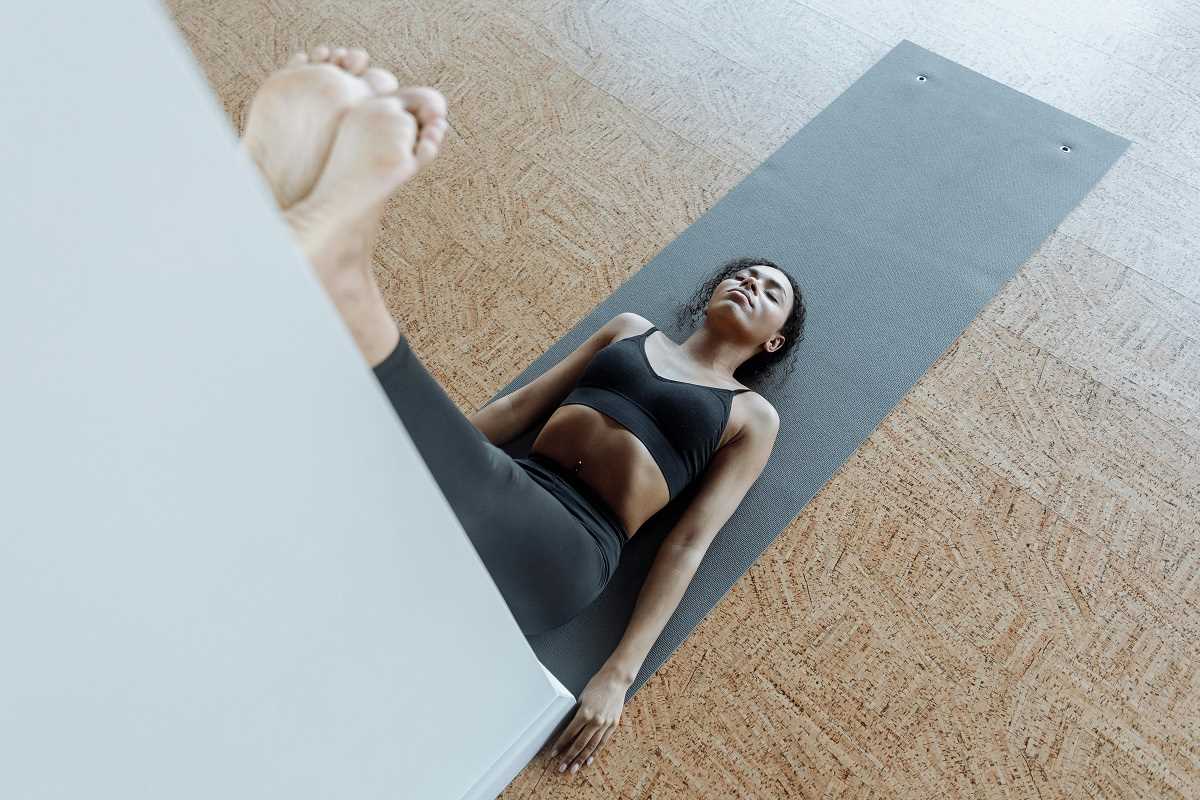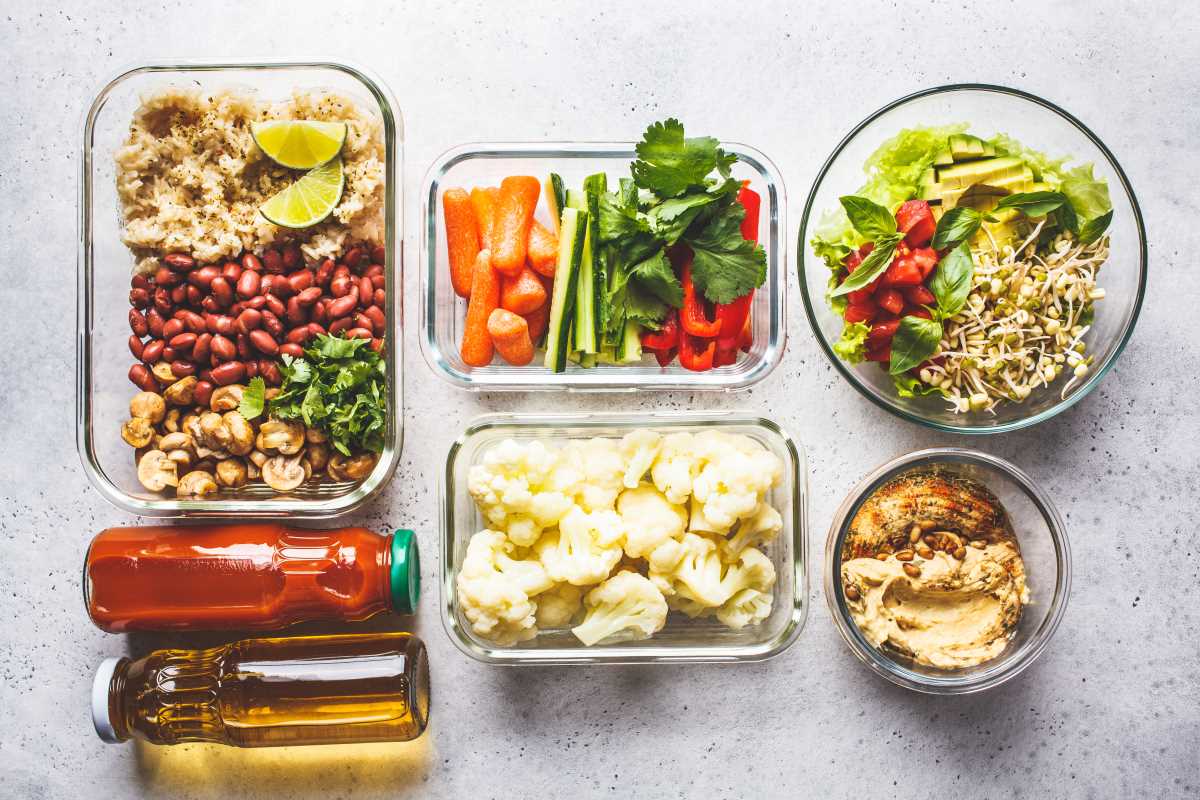Muscles demand proper nutrition after a challenging group fitness session, especially when fatigue or soreness sets in. Feeling depleted or unsteady is common, and the foods you choose next play a big part in how quickly your body recovers. By focusing on what you eat and drink after exercise, you help replenish lost energy, repair muscle tissue, and restore hydration levels. This guide outlines clear, straightforward actions to support your body’s recovery process. With a few thoughtful choices, you can speed up healing, reduce discomfort, and set yourself up for even better workouts each time you return to the gym.
Think of recovery nutrition as the bridge between today’s burn and tomorrow’s best workout. You’ll find tips on what to eat, when to eat it, and easy meal ideas you can prepare around work, school, or social plans. Let’s dig in and make eating after class a habit you look forward to.
What Your Body Needs After Exercise
When you finish a session, your body has three recovery goals. You need to:
- Replenish glycogen (muscle energy) lost during intense movement.
- Repair muscle fibers that break down while lifting or sprinting.
- Restore fluid balance and electrolytes lost in sweat.
Achieving these targets helps you feel less sore, regain strength faster, and stay motivated for group workouts. Each goal needs different nutrients—let’s break them down.
Essential Macronutrients and When to Eat Them
Your plate should include three main macronutrients: carbohydrates, protein, and healthy fats. Carbs rebuild energy, protein repairs tissues, and fats support ongoing recovery.
- Within 30 minutes: Aim for a 3:1 carb-to-protein ratio (such as a banana with whey shake) to kick-start muscle repairs.
- Within 2 hours: Have a balanced meal of lean protein (chicken, fish) plus whole grains and veggies.
- Before bedtime: Snack on casein-rich foods like Greek yogurt or cottage cheese to feed muscles overnight.
Research shows that eating during this window boosts protein synthesis and helps you recover faster. One reason why Optimal Recovery after strength-based classes feels so effective is that your muscles get the building blocks they need right away.
Hydration Tips for Better Recovery
Water supports every process in your recovery plan. Sweat losses vary, but you can track fluid needs by weighing yourself before and after class. Losing one pound equals roughly 16 ounces of water to replace.
Electrolytes like sodium and potassium help your cells retain water. Mix a pinch of salt and a squeeze of citrus into a water bottle, or sip an electrolyte drink such as Gatorade if you prefer a flavored option. Spread hydration throughout the day, especially if you attend back-to-back sessions.
Sample Meals and Snack Ideas
Your schedule might change from week to week, so keep go-to snacks and meals ready. Here are ideas you can combine:
- Post-workout smoothie: frozen berries, banana, spinach, almond milk, and a scoop of protein powder.
- Turkey and avocado wrap: whole wheat tortilla, sliced turkey, avocado, and salsa.
- Cottage cheese bowl: cottage cheese topped with pineapple chunks and chia seeds.
- Egg and veggie scramble: two eggs, diced peppers, spinach, and a side of whole-grain toast.
When you plan dinners, think about large-batch meals like chili with beans, lean beef, and extra vegetables. Portion leftovers for lunches or evening snacks. This approach saves time and keeps nutrients steady.
Monitoring Your Progress and Making Adjustments
Write down what you eat along with your energy levels and muscle soreness ratings each morning. A simple journal or note app works well. Look for patterns: are you less stiff when you eat more protein? Does a carb-rich snack energize you for evening workouts?
You may need to adjust portion sizes if your weight or performance changes unexpectedly. If you feel sluggish, add extra carbs before a hard session. If you notice lingering muscle aches, increase protein intake by 10–20 grams. These tweaks help you find the perfect amounts your body needs.
Refining Your Nutrition Plan
If your energy dips mid-class, try a quick snack 30 minutes before, such as a small apple with peanut butter. If soreness persists longer than a day, increase your hydration or add more leafy greens for extra micronutrients.
Regularly checking your progress allows you to see how each change affects you. Record any recovery issues and address them one by one. Over time, you’ll discover a personalized mix of foods and drinks that keeps you prepared for every session.
Eating well after group fitness sessions helps you recover faster and stay motivated. Keep these tips in mind for better results.
 (Image via
(Image via





